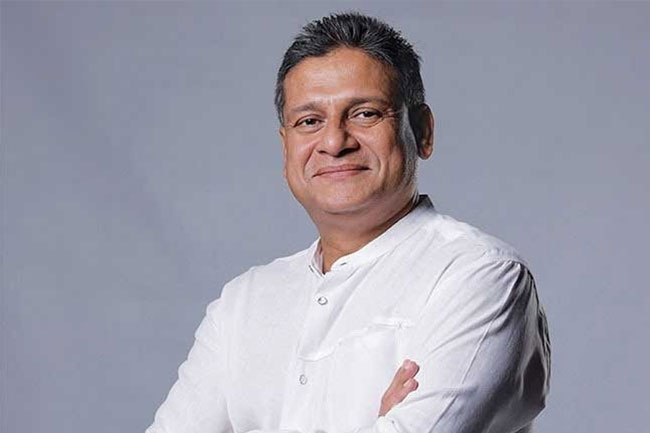Short-sighted politics steering Sri Lanka back towards bankruptcy - Dilith
April 3, 2025 04:04 pm
Leader of the ‘Sarvajana Balaya’ alliance Parliamentarian Dilith Jayaweera has issued a stern warning to the incumbent government on the backdrop of US President Donald Trump imposing a set of reciprocal tariffs on a several countries including on Sri Lanka.
MP Dilith Jayaweera noted that Sri Lanka’s failure to anticipate US President Trump’s 44% reciprocal tax is a ‘self-inflicted’ wound. Issuing a statement on ‘X’ (formerly Twitter), the parliamentarian stressed that ‘short-sighted’ politics is steering Sri Lanka back towards bankruptcy.
He added, “With the U.S. buying 23% of our exports ($2.9B in 2024), key industries—apparel ($1.92B), rubber ($330M) (for which U.S. is our largest individual buyer), tea, seafood, gems & more—are at grave risk. Sri Lanka is one of the countries facing the highest Trump-era tariffs.”
Meanwhile, earlier today, President Anura Kumara Dissanayake appointed a high-level committee to review the potential economic impact of the newly imposed reciprocal tariffs by the US President and to provide recommendations to the government.
The committee comprises key economic policymakers and industry experts, including the Secretary to the Ministry of Finance, the Governor of the Central Bank of Sri Lanka, the Chairman of the Board of Investment (BOI), the Chairman of the Export Development Board (EDB), and the Director General of Economic Affairs at the Ministry of Foreign Affairs.
Additionally, Senior Economic Advisor to the President Duminda Hulangamuwa, Chief Economic Policy Advisor of the Ceylon Chamber of Commerce Shiran Fernando, and prominent business figures Ashroff Omar, Sharad Amalean, and Saif Jafferjee have been named in the committee.
This initiative aims to assess challenges arising from the US tariff adjustments and propose strategic measures to mitigate any adverse effects on Sri Lanka’s economy and trade.
The committee is expected to submit its findings and recommendations to the government in the coming weeks.
US President Donald Trump on Wednesday announced a sweeping set of reciprocal tariffs, imposing a baseline 10 per cent tax on all imports and significantly higher rates on dozens of countries with which the US runs trade deficits.
The sweeping duties, which drew bewildered condemnation from many long-standing U.S. allies who found themselves tagged with unexpectedly high tariff rates, promise to erect new barriers around the world’s largest consumer economy, reversing decades of trade liberalization that have shaped the global order.
In a statement delivered from the White House Rose Garden, Trump described the measure as a “declaration of economic independence” and vowed to boost domestic production by levelling the playing field with foreign competitors.
Trading partners are expected to respond with countermeasures of their own that could lead to dramatically higher prices for everything from bicycles to wine.
Earlier, U.S. stock futures dropped sharply after the announcement, following weeks of volatile trading as investors speculated about how the incoming tariffs might affect the global economy, inflation and corporate earnings. U.S. stocks have erased nearly $5 trillion of value since mid-February.
The new tariff structure introduces a 10 per cent flat rate on all imports and applies higher rates to several major trading partners. At 49 per cent, Cambodia faces the steepest tariff, followed closely by Vietnam at 46 per cent, Sri Lanka at 44 per cent, and China at 34 per cent. Trump also announced a 26 per cent “discounted reciprocal tariff” on imports from India.
Sri Lanka faces the sixth highest tariff rates in the world, while currently 25% of the country’s total exports go to the US.
The “reciprocal” tariffs, Trump said, were a response to duties and other non-tariff barriers put on U.S. goods. He argued that the new levies will boost manufacturing jobs at home.
Outside economists have warned that tariffs could slow the global economy, raise the risk of recession, and increase living costs for the average U.S. family by thousands of dollars.
--With Agencies Inputs












